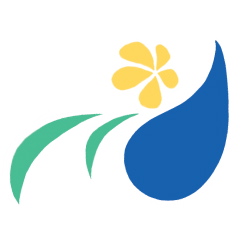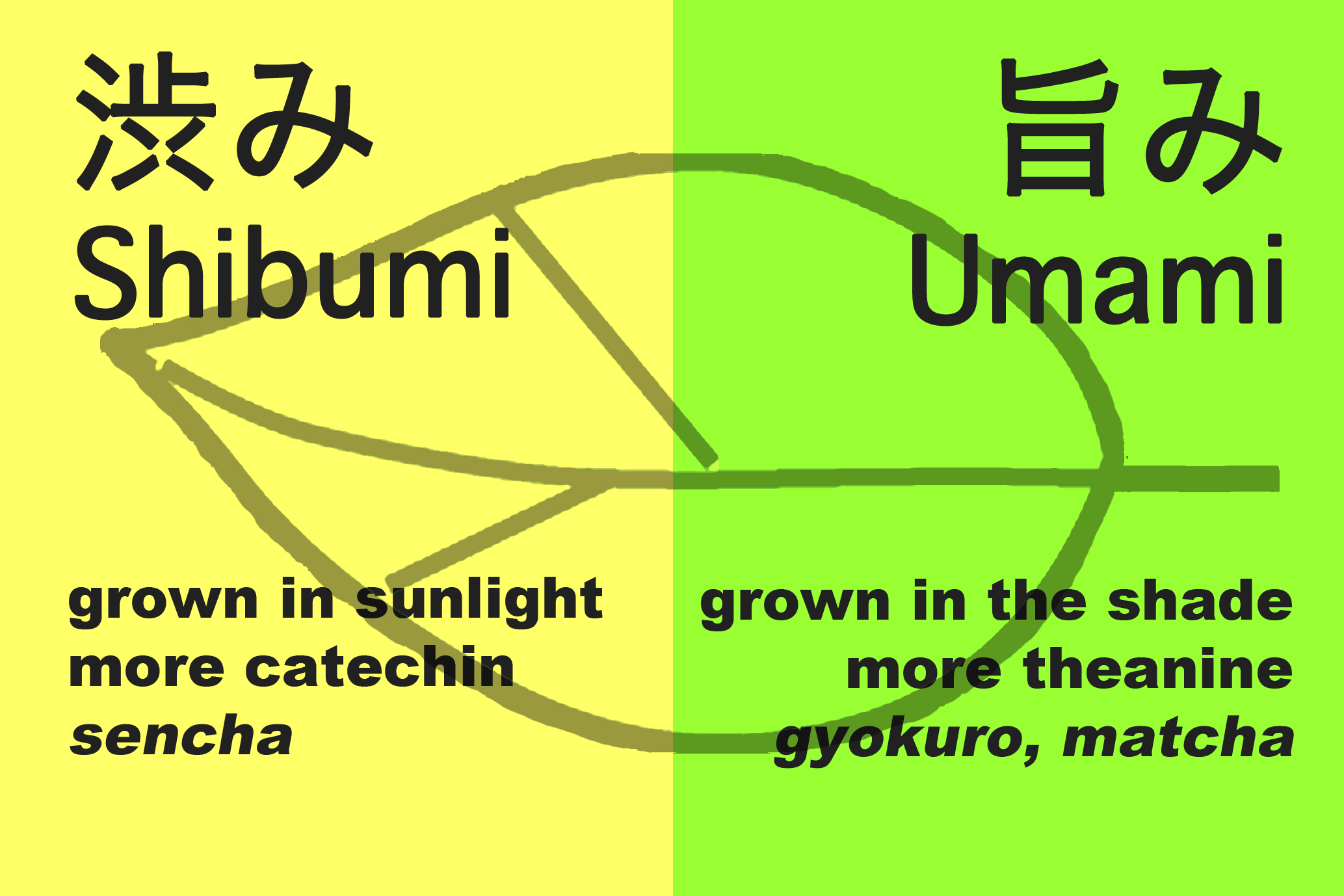Here's a collection of images from the Halifax Tea Festival held on April 9th, 2016 at the Halifax Forum. Thank you to all who visited our booth!
The matcha cookies and cupcakes were a big hit! We made 3 matcha intensity levels for the cupcakes:
- Level 1 = a hint of matcha (for those who love subtleties)
- Level 2 = medium (for those who love balance)
- Level 3 = intense and strong (for the die-hard matcha lover!)
We also brought Japanese teaware....and free hand-made coasters with every purchase!
And of course, tea tasting!
Here's our little matcha tasting corner. We served matcha with imo-kempi (a Japanese snack made from sweet potato.)
...and some nice images from the Twitterverse.
@theikebanashop pic.twitter.com/Ux38xahZ3Z
— Halifax Tea Festival (@HalifaxTeaFest) April 9, 2016
See you next year!








